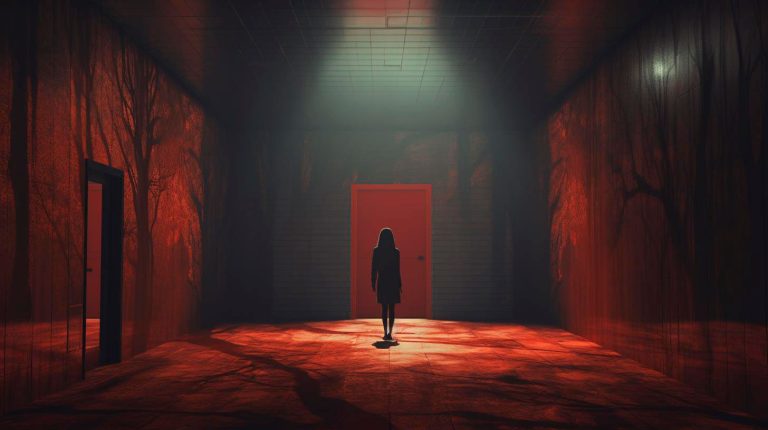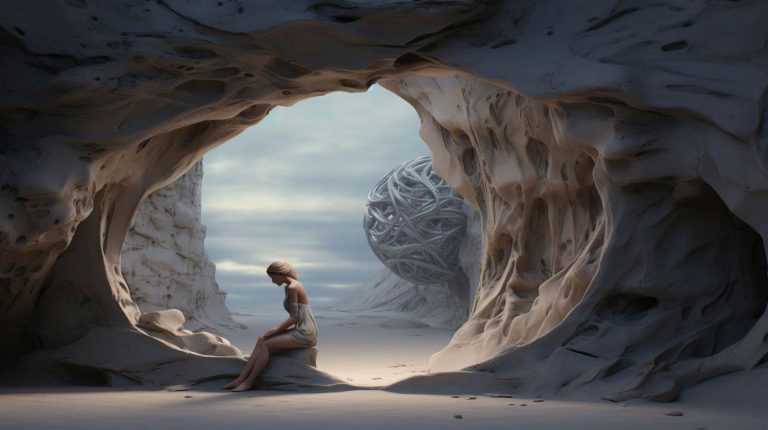In this article, we will explore some powerful editing tools and techniques that can help elevate your wildlife photographs to new heights. So, let’s dive in!
The Power of Editing Software in Wildlife Photography
Editing software has revolutionized the field of photography, and wildlife photography is no exception. With the right tools and techniques, you can enhance the beauty and impact of your wildlife images. Here are some of the key advantages of using editing software:
- Improved Exposure and Color Correction: Editing software allows you to fine-tune exposure levels, adjust white balance, and correct color casts. This helps bring out the true colors of the animals and their surroundings.
- Enhanced Details and Sharpness: By using techniques like sharpening and clarity adjustments, you can bring out the intricate details in feathers, fur, or scales, making your wildlife subjects come to life.
- Noise Reduction: High ISO settings in low-light wildlife photography can introduce noise or grain. With editing software, you can reduce noise while retaining important details, resulting in cleaner and more professional-looking images.
- Composition and Crop Control: Editing software provides tools to straighten horizons, remove distractions, and crop images to achieve better composition. This allows you to create visually balanced and impactful photographs.
Techniques for Enhancing Wildlife Photography
Now that we understand the advantages of editing software, let’s explore some popular techniques that will help you enhance your wildlife photographs:
Dodge and Burn
Dodging and burning is a technique where you selectively darken or lighten specific areas of your image to add depth and dimension. This technique can be used to emphasize textures, highlight important features, or create a more dramatic effect.
Local Adjustments
Local adjustments allow you to make changes to specific areas of your image. By using tools like adjustment brushes or graduated filters, you can selectively adjust exposure, contrast, saturation, or clarity in certain parts of the photo. This technique is useful for bringing attention to the subject while maintaining a balanced overall exposure.
Cloning and Healing
Cloning and healing tools are handy when you want to remove distracting elements or imperfections from your wildlife images. Whether it’s a branch in the background or a small blemish on an animal’s fur, these tools help you achieve a cleaner and more polished final result.
Creative Color Grading
Color grading is a technique that involves adjusting the colors and tones in your image to create a specific mood or atmosphere. With wildlife photography, you can experiment with warm or cool tones to enhance the natural environment or highlight the emotions portrayed by the animals.
Key Takeaways for Stunning Wildlife Photographs
As you embark on your journey to enhance your wildlife photography using editing software, here are some key takeaways to keep in mind:
- Use editing software to improve exposure, color correction, and noise reduction in your wildlife photographs.
- Experiment with dodging and burning to add depth and dimension to your images.
- Explore local adjustments to selectively enhance specific areas of your photos.
- Make use of cloning and healing tools to remove distractions or imperfections.
- Get creative with color grading to set the mood and atmosphere of your wildlife images.
With these techniques and the power of editing software at your disposal, you can transform your wildlife photographs into captivating pieces of art that truly showcase the beauty of nature. So grab your camera, venture into the wild, and let your editing prowess bring your wildlife images to life!





















+ There are no comments
Add yours